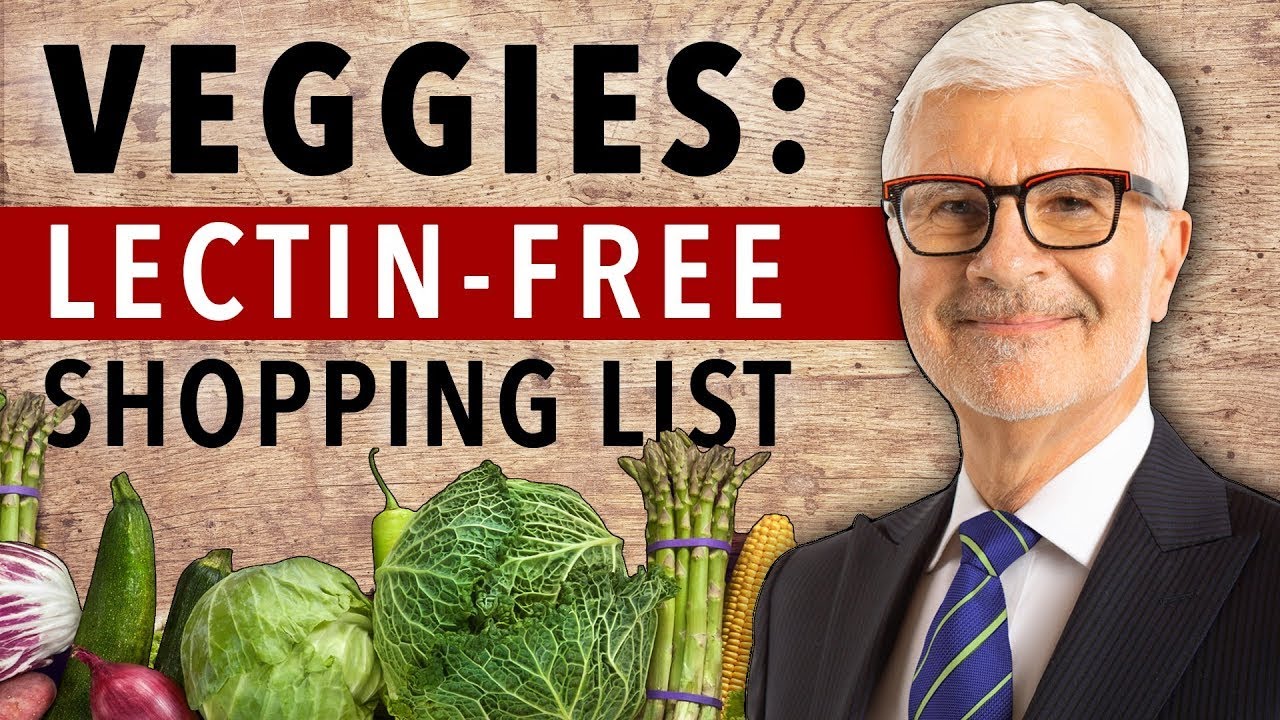*****
Summary of Transcript:
This video is about alternatives to cruciferous vegetables for those who do not like them or are advised to avoid them for health reasons. The video lists non-cruciferous vegetables used as substitutes, such as asparagus, dandelion greens, celery, onions, garlic, mushrooms, lettuce, and herbs. It also provides tips on how to cook them to get the best flavor.
*****
Summary of Description:
/newsletter In this video, Dr. Gundry provides alternatives to cruciferous vegetables, such as broccoli, cauliflower, and Brussels sprouts, for those who may have digestive issues or want to add variety to their diets. He advises on nutrient-dense alternatives that can help spice up the vegetable section of your grocery list.
*****
/newsletter
Alternatives to Cruciferous Veggies
Cruciferous veggies like Brussels sprouts, cauliflower, and broccoli have become the darlings of the Plant Paradox “Yes” list. But not everyone can tolerate large amounts of these fiber-packed veggies, and some might even recoil in disgust after hearing their names.
In this video, Dr. Gundry provides some nutrient-dense alternatives to cruciferous veggies. So if you’re looking for a healthy alternative to cauliflower or just looking to spice up the “vegetable” section of your grocery list, this video is for you!
Celeriac
Celeriac, also known as celery root, is a root vegetable with a mild celery flavor. It’s a great source of fiber and can be used in various dishes, from soups and stews to salads and roasted vegetables.
Kohlrabi
Kohlrabi is a type of cabbage with a mild flavor. It can be eaten raw, cooked, or pickled. It’s a great source of fiber and vitamins A, C, and K.
Jicama
Jicama is a root vegetable with a crunchy texture and sweet, nutty flavor. It’s a great source of fiber and can be eaten raw or cooked.
Daikon Radish
Daikon radish is a type of radish with a mild flavor and crunchy texture. It can be eaten raw or cooked and is a great source of fiber and vitamins A, C, and K.
Turnips
Turnips are a root vegetable with a mild flavor and crunchy texture. They’re a great source of fiber and vitamins A and C.
Parsnips
Parsnips are a root vegetable with a sweet, nutty flavor. They’re a great source of fiber and vitamins A, C, and K.
Conclusion
Cruciferous veggies are an important part of a healthy diet, but not everyone can tolerate large amounts of them. If you’re looking for a healthy alternative to cruciferous veggies, try some of the nutrient-dense options listed above.
Everything you need to live a long and healthy life is in your inbox! SIGN UP for Dr. Gundry’s newsletter here: https://drgundry.com/newsletter
*****
Source Description
Brussel sprouts, cauliflower, broccoli… some people might salivate after hearing these words, while others might recoil in disgust. “Besides, some people simply can’t tolerate large amounts of these fiber-packed veggies (digestive issues, anyone?). That’s why Dr. Gundry provides nutrient-dense alternatives to cruciferous veggies in this video. And even though cruciferous veggies are the darlings of the Plant Paradox “Yes” list, the point of this video is NOT to force-feed you more broccoli. So if you’re dying to find a healthy alternative to cauliflower or simply looking to spice up the “vegetable” section of your grocery list, this video is for you!
Everything you need to live a long and healthy life is in your inbox! SIGN UP for Dr. Gundry’s newsletter here: https://drgundry.com


